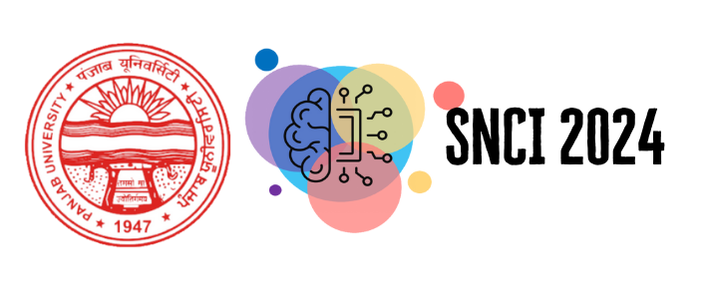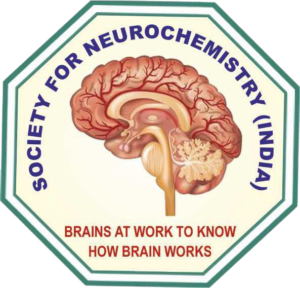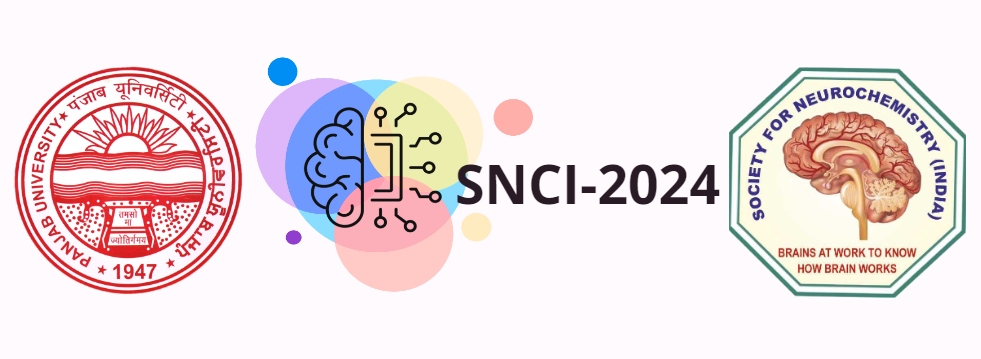Astonishing Shift 78% of Consumers Now Get Their Daily world news From Social Media Platforms.
- Astonishing Shift: 78% of Consumers Now Get Their Daily world news From Social Media Platforms.
- The Rise of Social Media as a News Source
- The Impact on Traditional Journalism
- Demographics and Social Media News Consumption
- The Types of News Consumed on Social Media
- Challenges and Concerns Regarding Social Media News
- Strategies for Mitigating the Negative Impacts
- The Future of News Consumption
Astonishing Shift: 78% of Consumers Now Get Their Daily world news From Social Media Platforms.
The way people consume information is dramatically changing. A significant shift has occurred, with a recent report indicating that an astonishing 78% of consumers now rely on social media platforms as their primary source for daily world news. This represents a considerable departure from traditional media outlets like television, newspapers, and dedicated news websites, highlighting the growing influence of platforms like Facebook, Twitter, and Instagram in shaping public perception.
The Rise of Social Media as a News Source
Social media’s accessibility and convenience are key factors driving this trend. Unlike traditional media, which often requires dedicated time for viewing or reading, social media offers a continuous stream of updates, easily digestible in short bursts. Users can effortlessly scroll through their feeds and quickly grasp the headlines, saving them time and effort. This immediate access to information resonates with a fast-paced modern lifestyle.
Furthermore, social media algorithms personalize news feeds based on user preferences, creating an ‘echo chamber’ effect where individuals are primarily exposed to viewpoints that align with their own. While this can enhance user engagement, it also raises concerns about filter bubbles and the potential for limited exposure to diverse perspectives. The personalization aspect isn’t inherently negative, but requires critical evaluation of information sources.
The Impact on Traditional Journalism
The dominance of social media in news dissemination has put significant pressure on traditional journalism. With declining readership and advertising revenue, many news organizations have been forced to downsize, reduce coverage, or even shut down completely. This has led to a decrease in local reporting and investigative journalism, potentially weakening the fourth estate’s ability to hold power accountable. The economic realities have fundamentally altered the landscape of reliable information.
Interestingly, many established news outlets have adapted by establishing a strong presence on social media, recognizing the need to meet audiences where they are. They use platforms to share articles, engage with readers, and promote their brand. This strategy, however, often requires ceding control over content distribution and revenue generation to the social media giants. The adaptation represents a complex and evolving relationship.
The reliance on social media for current events also raises concerns about the spread of misinformation and ‘fake news’. The lack of robust fact-checking mechanisms on many platforms means inaccurate or deliberately misleading information can quickly go viral, influencing public opinion and potentially causing real-world harm. Combating the proliferation of false narratives is a critical challenge.
Demographics and Social Media News Consumption
The preference for social media as a news source isn’t uniform across all demographics. Younger generations, particularly Millennials and Gen Z, are significantly more likely to get their information from social media than older adults. This is likely due to their lifelong exposure to digital technologies and their comfort with online platforms. The shift is generational, reflecting how different age groups obtain information.
However, the trend is expanding across all age groups. Even older adults are increasingly turning to social media for news, particularly during major events or crises. Social media’s ability to provide real-time updates and diverse perspectives appeals to a broader audience than previously anticipated. The platforms are effectively broadening their reach and influence.
The Types of News Consumed on Social Media
The types of news consumed on social media tend to be shorter and more sensational than those found in traditional media. Users are more likely to share and engage with emotionally charged content, which often prioritizes clickbait headlines and visually appealing content over in-depth analysis and nuanced reporting. The nature of social media algorithms rewards content that generates high engagement.
This preference for sensationalism has led to a decline in the consumption of long-form journalism and in-depth investigative reports. Users are less likely to spend considerable time reading lengthy articles, preferring to quickly scan headlines and summaries. The format of story telling has changed dramatically, favoring brevity and immediacy.
Despite the focus on sensationalism, social media also provides a platform for citizen journalism and grassroots reporting. Individuals can share eyewitness accounts, document events in real-time, and offer alternative perspectives that may not be covered by mainstream media. User-generated content enhances storytelling, offering diverse narratives.
Challenges and Concerns Regarding Social Media News
One of the most pressing concerns surrounding social media news is the spread of misinformation and disinformation. The ease with which false information can be created and disseminated on these platforms poses a significant threat to public trust and democratic processes. The lack of editorial oversight and the prevalence of bots and fake accounts exacerbate the problem. It’s a challenge that requires ongoing attention.
Furthermore, social media algorithms can create filter bubbles, reinforcing existing biases and limiting exposure to diverse viewpoints. This can lead to polarization and make it more difficult for people to engage in productive dialogue about important issues. The algorithms shape perceptions, impacting our view of the wider world.
Strategies for Mitigating the Negative Impacts
Several strategies are being proposed to mitigate the negative impacts of social media news. These include investing in media literacy education, strengthening fact-checking mechanisms, and holding social media platforms accountable for the content shared on their sites. Collaboration is essential between governments, educational institutions, and technology companies. The solution requires a multi-faceted approach.
Media literacy education is crucial for equipping individuals with the critical thinking skills needed to discern between credible and unreliable sources of information. Teaching people how to evaluate evidence, identify biases, and spot fake news is essential for fostering an informed citizenry. Education empowers individuals to protect themselves from deception.
Social media platforms themselves have a responsibility to address the spread of misinformation and disinformation. Implementing stricter content moderation policies, investing in fact-checking resources, and promoting algorithmic transparency are crucial steps towards building a more trustworthy online ecosystem. The platforms have the tools to make significant improvements.
The Future of News Consumption
The future of news consumption will likely be shaped by the continued evolution of social media and the emergence of new technologies. We can expect to see more personalized news experiences, increased use of artificial intelligence in content curation, and the rise of immersive formats like virtual and augmented reality. The technological landscape is constantly shift, altering how we digest information.
Maintaining the integrity and trustworthiness of information will be paramount. As social media continues to dominate the news landscape, it’s crucial to address the challenges of misinformation, filter bubbles, and the decline of traditional journalism. The health of our democracy depends on it. A critical approach to accessing information is more important than ever.
| 49% | Older Adults (50+) | |
| YouTube | 38% | Young Adults (18-29) |
| 29% | Professionals and Journalists | |
| 24% | Visual Learners, Younger Demographic |
- Algorithmic Bias: Social media algorithms prioritize engagement, potentially leading to echo chambers.
- Misinformation Spread: False information can quickly go viral due to limited fact-checking.
- Decline of Traditional Journalism: Revenue shifts impact the viability of established news organizations.
- Polarization: Filter bubbles reinforce existing beliefs, contributing to societal division.
- Changing Consumption Habits: Shorter, more sensational content becomes more popular.
- Conduct thorough verification of sources before sharing any information.
- Be aware of your own biases and actively seek out diverse perspectives.
- Support reputable news organizations that prioritize accuracy and accountability.
- Engage in critical thinking and question the information you encounter online.
- Promote media literacy education in your community.
| Misinformation | Enhanced fact-checking, AI-powered detection |
| Filter Bubbles | Algorithmic transparency, curated diverse content feeds |
| Decline in Journalism | New funding models, support for local reporting |
| Erosion of Trust | Increased media literacy, source accountability |



